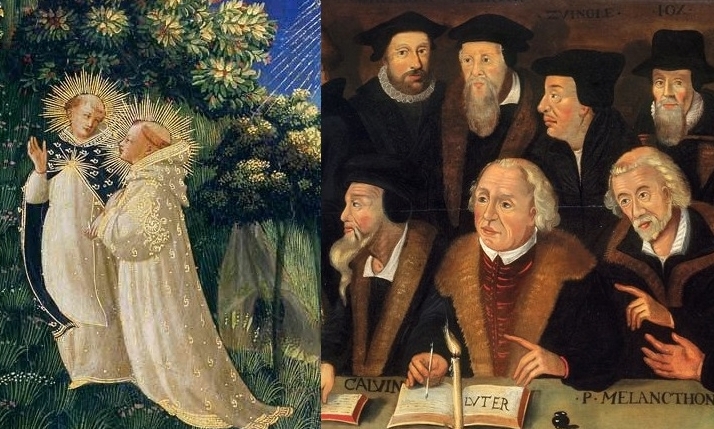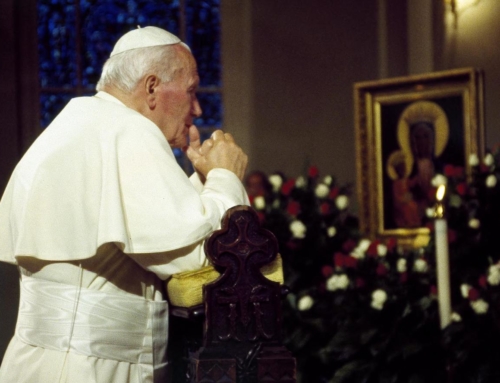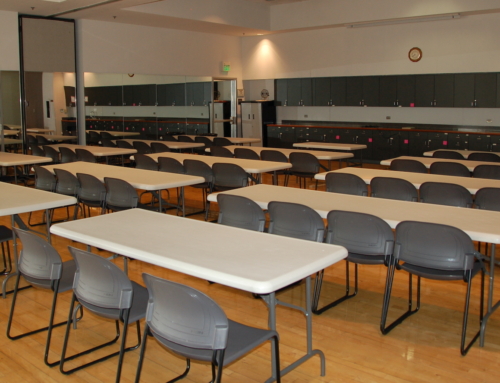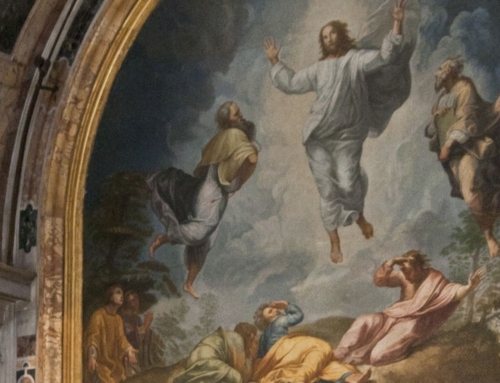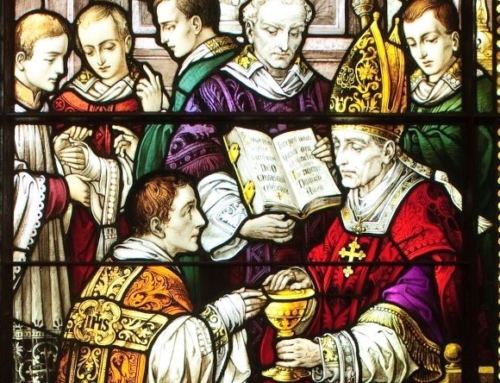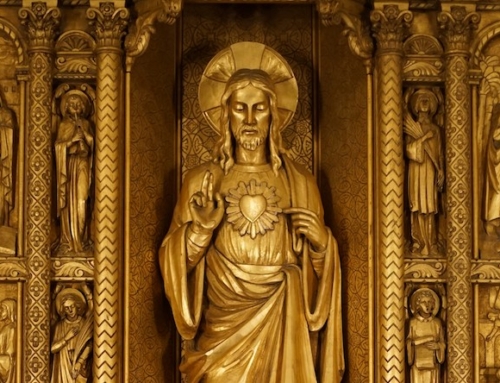“Mainline Protestantism” is a nebulous, yet very important, religious category in America. I won’t try to define it, but it helps to think of it as Protestants who are not Evangelical, Charismatic, or Fundamentalist—this latter grouping has quite a different spiritual and intellectual profile from the so-called Mainline. This alone is useful knowledge for Catholics: these major groups make it difficult to generalize “what Protestants think about X,” but sometimes it is possible to generalize about one side or the other of this major divide. Often people move from community to community within these categories, but they usually gravitate either to Mainline or to the more Evangelical communities.
I left the Mainline for the Catholic Church, and I was happy to find that the Church herself contains all the variety of the spiritual movements within Protestantism, and more, in the form of legitimately constituted forms of life that are entirely Catholic: the Religious Orders. Among the Orders, one finds rivalry, usually bloodless; fraternity, based on shared principles; and holiness of life, in diverse but mutually-reinforcing forms. If you, like so many, are tired of the incoherence of the Mainline’s fumbling of Christianity, you might find not only a home in the Catholic Church, but also a source of spiritual nourishment in one of its Orders. This starter guide offers some typical characteristics that Mainline denominations have in common with the Orders—not exclusive or exhaustive, but, I hope, suggestive.
Methodists: Franciscans
John Wesley made religious experience one of the ways of determining Christian truth. Saint Francis had slightly better judgment, but his followers certainly attribute great importance to the experience of God’s love, the warmth of charity, and the centrality of sanctity and devotion. Compassionate, interconnected, free.
Calvinists (Reformed): Dominicans
One of the Reformers was especially suited to scholastic thinking: John Calvin. He and his followers, like the Dominicans, elaborated the mysteries of grace and transcendent deity into an airtight system. They appreciate that God’s love is intelligible, and his Church is ruled by servant elders who are learned in divine things. Rational, demanding, evangelical.
Episcopalians: Jesuits
This is probably the closest match. Savvy and intelligent, with a crusading moral core, but willing to make all available accommodations for the sake of maintaining broad credibility. As the Jesuits at their height took charge of the global Church, the Episcopalians (i.e. Anglicans in the United States) have steered this country through complex political and religious crises with a cosmopolitan grace. Educated, influential, witty.
Lutherans: Benedictines
Monks show us a life focused on God alone. While they would not profess “scripture alone,” the followers of St. Benedict believe that the Word of God calls for a radical transformation of life, and an impassioned abandonment of the passing honors of this world. Martin Luther, whose fervor for the Gospel informed the religious experience of John Wesley, had a similar will to abandon all for Christ. One of his follies (and even his devoted followers admit that he had several) was to replace the monastery with the family, a move which some later Lutherans would attempt to correct. The Gospel life of work and prayer, which perhaps Martin Luther did not see lived out in the monasticism of his time, should attract the stout-hearted Lutheran today. Sincere, prayerful, manly.
✠
Image 1: Fra Angelico, Last Judgment (detail of St. Thomas and St. Bernard in Paradise)
Image 2: Anonymous, Martin Luther in the Circle of Reformers

